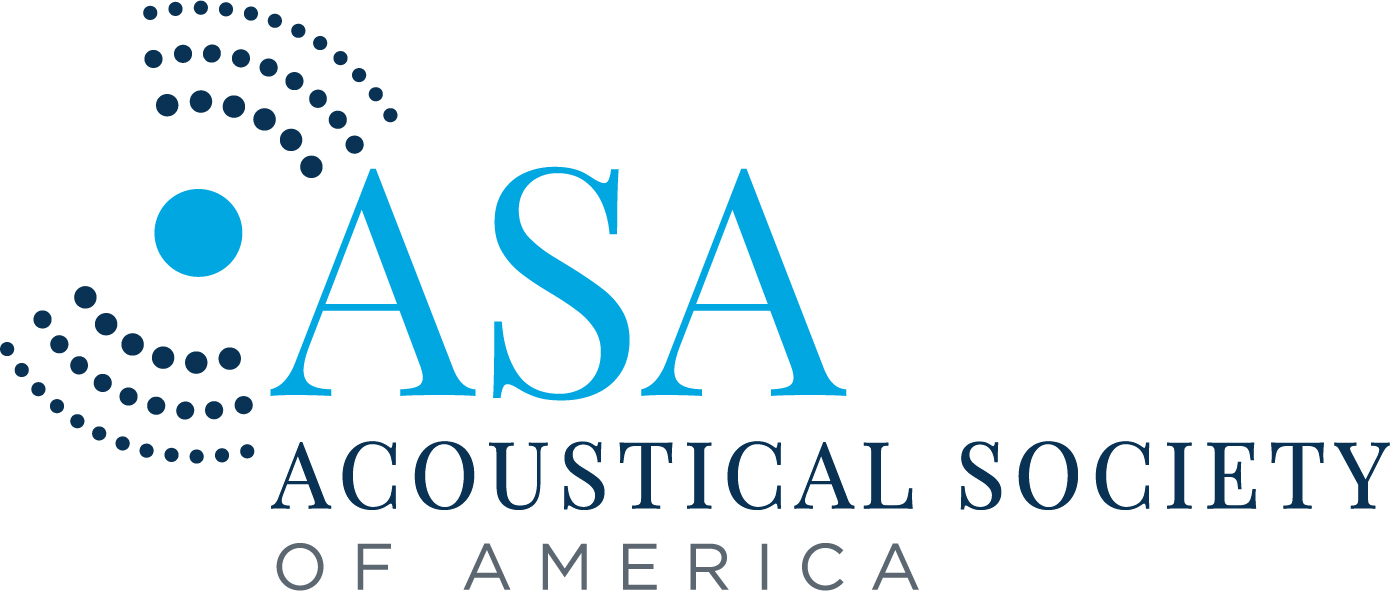Listening for Multiple Mental Health Disorders
Listening for Multiple Mental Health Disorders
Automated analysis of voice can reliably diagnose co-occurring depressive and anxiety disorders in one minute.

Acoustic and phonemic features from recordings and applied machine learning technique can distinguish subjects with and without comorbid AD/MDD. Credit: Hannah Daniel/AIP
WASHINGTON, Feb. 4, 2025 – It’s no secret that there is a mental health crisis in the United States. As of 2021, 8.3% adults had major depressive disorder (MDD) and 19.1% had anxiety disorders (AD), and the COVID-19 pandemic exacerbated these statistics. Despite the high prevalence of AD/MDD, diagnosis and treatment rates remain low – 36.9% for AD and 61.0% for MDD – due to a variety of social, perceptual, and structural barriers. Automated screening tools can help.
In JASA Express Letters, published on behalf of the Acoustical Society of America by AIP Publishing, researchers developed machine learning tools that screen for comorbid AD/MDD using acoustic voice signals extracted from… click to read more
From: JASA Express Letters
Article: Automated acoustic voice screening techniques for comorbid depression and anxiety disorders
DOI: 10.1121/10.0034851




